Adaptations in Plants - 2 Class 6 Worksheet Science
| Table of contents |

|
| Multiple Choice Questions (MCQs) |

|
| Fill in the Blanks |

|
| True or False |

|
| Match the Following |

|
| Answer the following questions |

|
Multiple Choice Questions (MCQs)
(i) Plants living in deserts need to reduce the loss of water because water is very scarce in deserts. Which of the following is an adaptation developed by the desert plants to manage the above situation?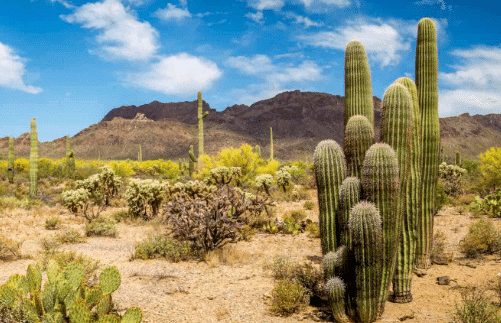
(a) They have lots of branches and leaves.
(b) They do not shed leaves in the summer.
(c) They develop roots that come above the ground.
(d) Their leaves are modified into spines.
(ii) Plants in hilly areas have to bear high-speed winds and cold. Which of the following adaptations best helps them face the above conditions? 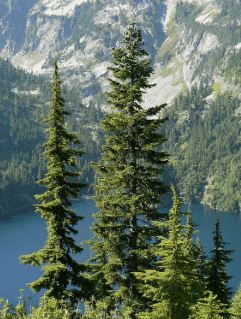
(a) Having lots of branches and leaves.
(b) Tall and straight trunk with needle-like leaves.
(c) Leaves that are modified into spines.
(d) Breathing roots that come above the ground.
(iii) What type of roots does plants in marshy or swampy areas develop to survive?
(a) Taproots.
(b) Fibrous roots.
(c) Breathing roots.
(d) Adventitious roots.
(iv) Which of the following is a characteristic of fixed aquatic plants? 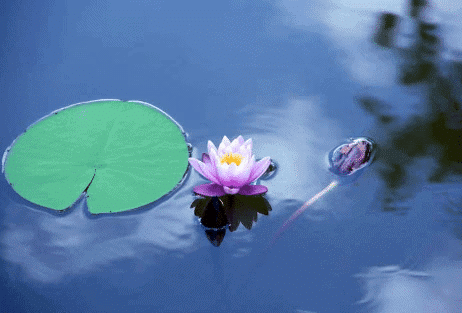
(a) Floating on the surface of the water.
(b) Roots fixed to the bottom of the water body.
(c) Completely submerged underwater.
(d) None of the above.
Fill in the Blanks
(i) The place where an organism usually lives and grows in nature is called its __________.(ii) __________ are special features that help a plant to survive in its habitat.
(iii) Plants that grow in water are called __________ plants.
(iv) __________ trees do not lose their leaves at once and are green throughout the year.
(v) Roots that grow out of the soil to breathe from the air are called __________ roots.
True or False
(i) Plants in deserts store water in their stems or leaves. (True/False)(ii) Underwater plants have broad leaves to float on water. (True/False)
(iii) Plants in plains usually have needle-like leaves. (True/False)
(iv) Mangroves are examples of plants that grow in marshy areas. (True/False)
(v) Floating plants have lots of empty spaces filled with air to stay light. (True/False)
Match the Following

Answer the following questions
(i) What is a habitat?
(ii) What are adaptations in plants?
(iii) What are the three types of aquatic plants? Give examples.
(iv) How do fixed aquatic plants adapt to their environment?
(v) What adaptations help desert plants survive in their habitat? 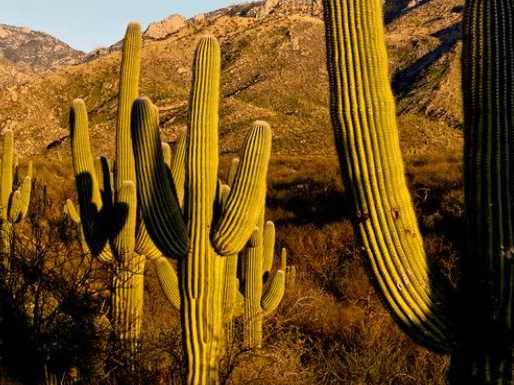
(vi) Why are trees in mountains cone-shaped and have needle-like leaves?
(vii) What are breathing roots, and where are they found? 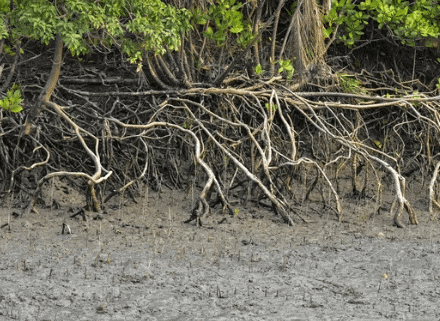
(viii) What is the role of underwater plants in supporting animal life?
(ix) What advice is given to reduce the use of paper?
(x) What contribution did Charles Darwin make to science?
The solutions of the worksheet "Adaptations in Plants - 2"
|
48 videos|156 docs|34 tests
|
FAQs on Adaptations in Plants - 2 Class 6 Worksheet Science
| $1. What are the different types of adaptations in plants? |  |
| $2. How do adaptations help plants survive in their environment? |  |
| $3. Can you give examples of plants with unique adaptations? |  |
| $4. Why do desert plants have adaptations like thorns and waxy surfaces? |  |
| $5. How do aquatic plants adapt to life in water? |  |
















